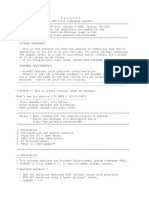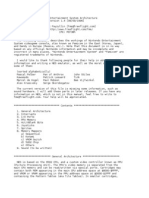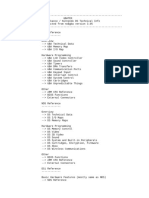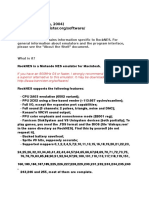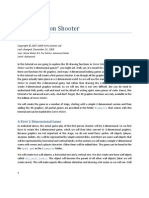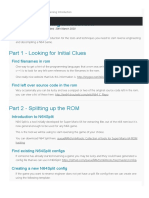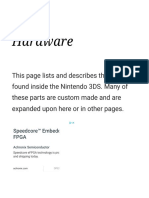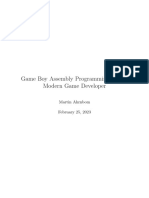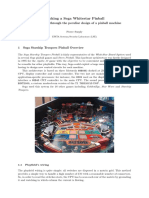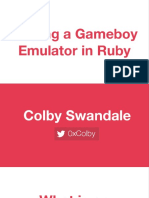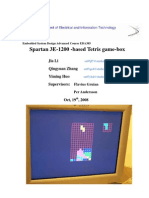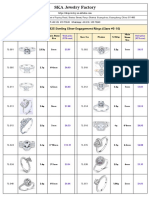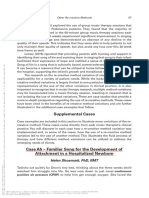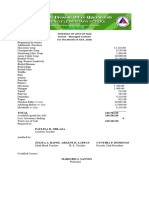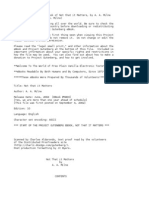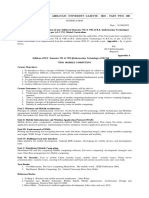0% found this document useful (0 votes)
159 views5 pagesWriting NES Assembly Tutorial
This document is a tutorial on programming games for the Nintendo Entertainment System (NES) using 6502 assembly language. It covers the NES architecture, basic ROM structure, displaying backgrounds, drawing sprites, handling input, and building a simple platformer. The tutorial also includes tools and resources for game development and emphasizes the rewarding experience of low-level programming.
Uploaded by
Tiago GarciaCopyright
© © All Rights Reserved
We take content rights seriously. If you suspect this is your content, claim it here.
Available Formats
Download as PDF, TXT or read online on Scribd
0% found this document useful (0 votes)
159 views5 pagesWriting NES Assembly Tutorial
This document is a tutorial on programming games for the Nintendo Entertainment System (NES) using 6502 assembly language. It covers the NES architecture, basic ROM structure, displaying backgrounds, drawing sprites, handling input, and building a simple platformer. The tutorial also includes tools and resources for game development and emphasizes the rewarding experience of low-level programming.
Uploaded by
Tiago GarciaCopyright
© © All Rights Reserved
We take content rights seriously. If you suspect this is your content, claim it here.
Available Formats
Download as PDF, TXT or read online on Scribd
/ 5


